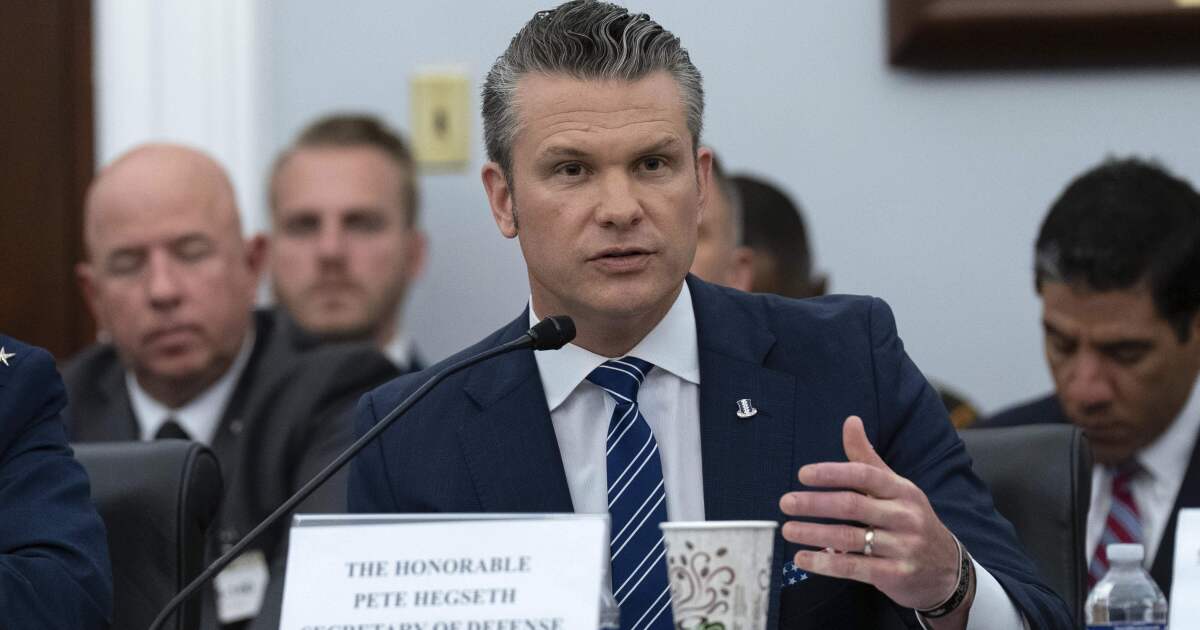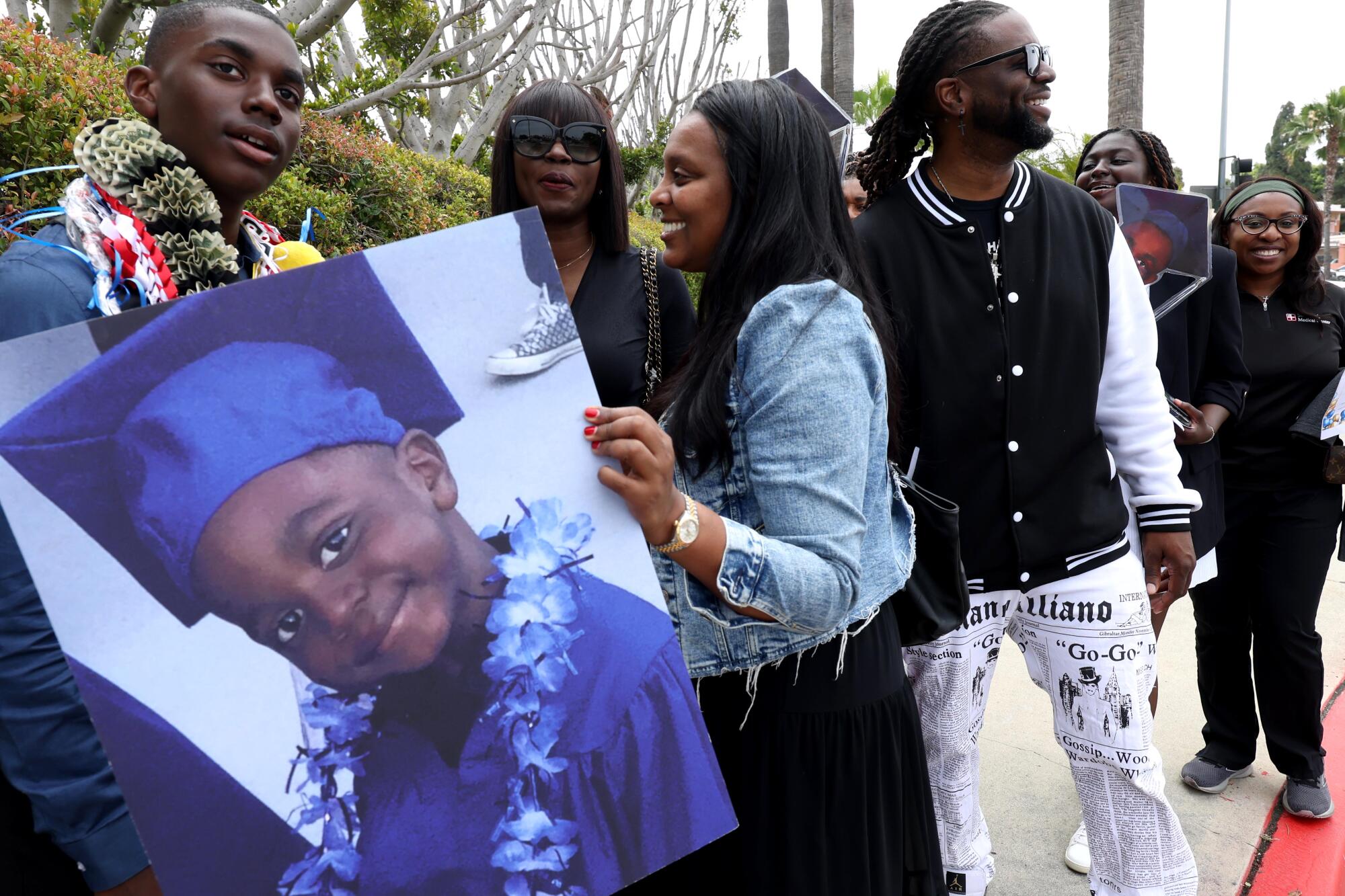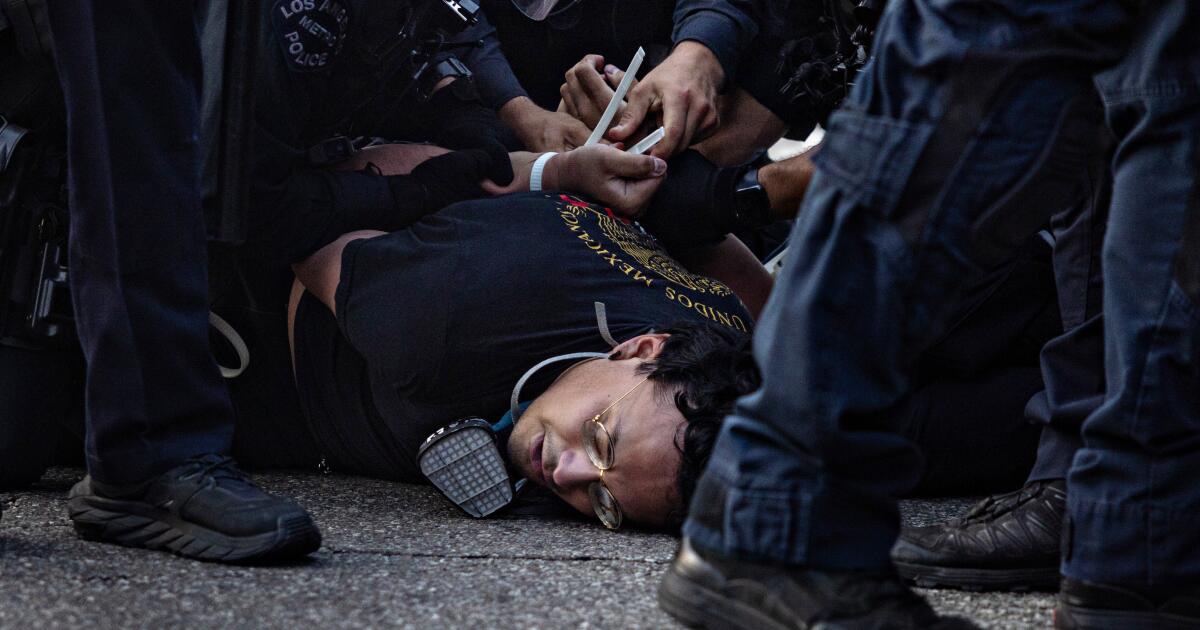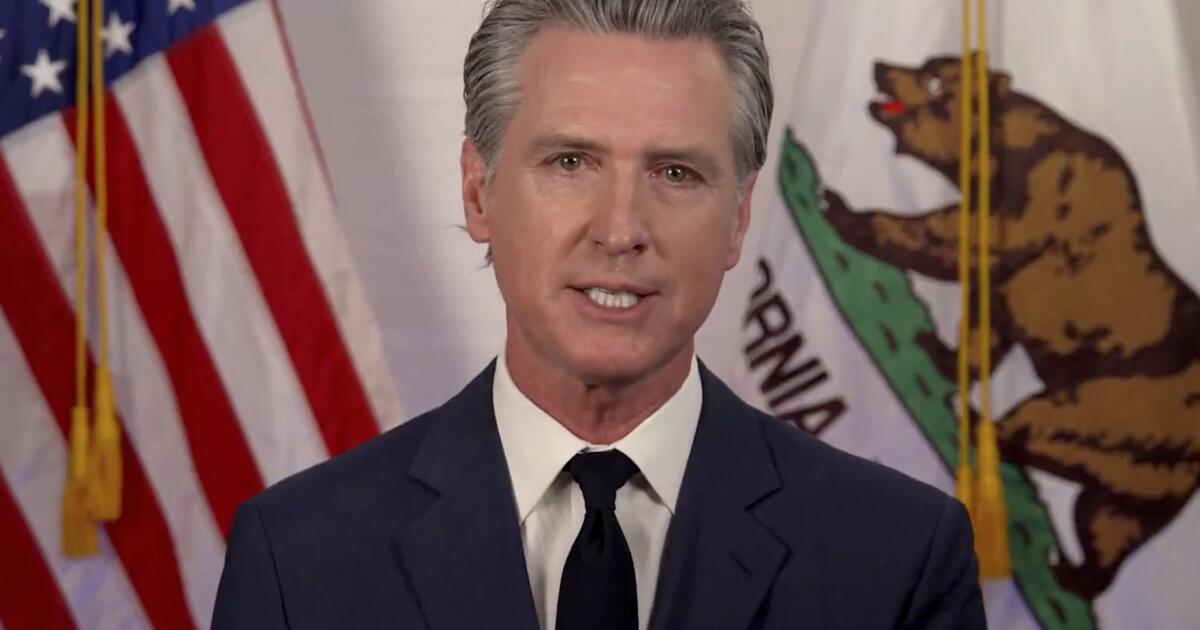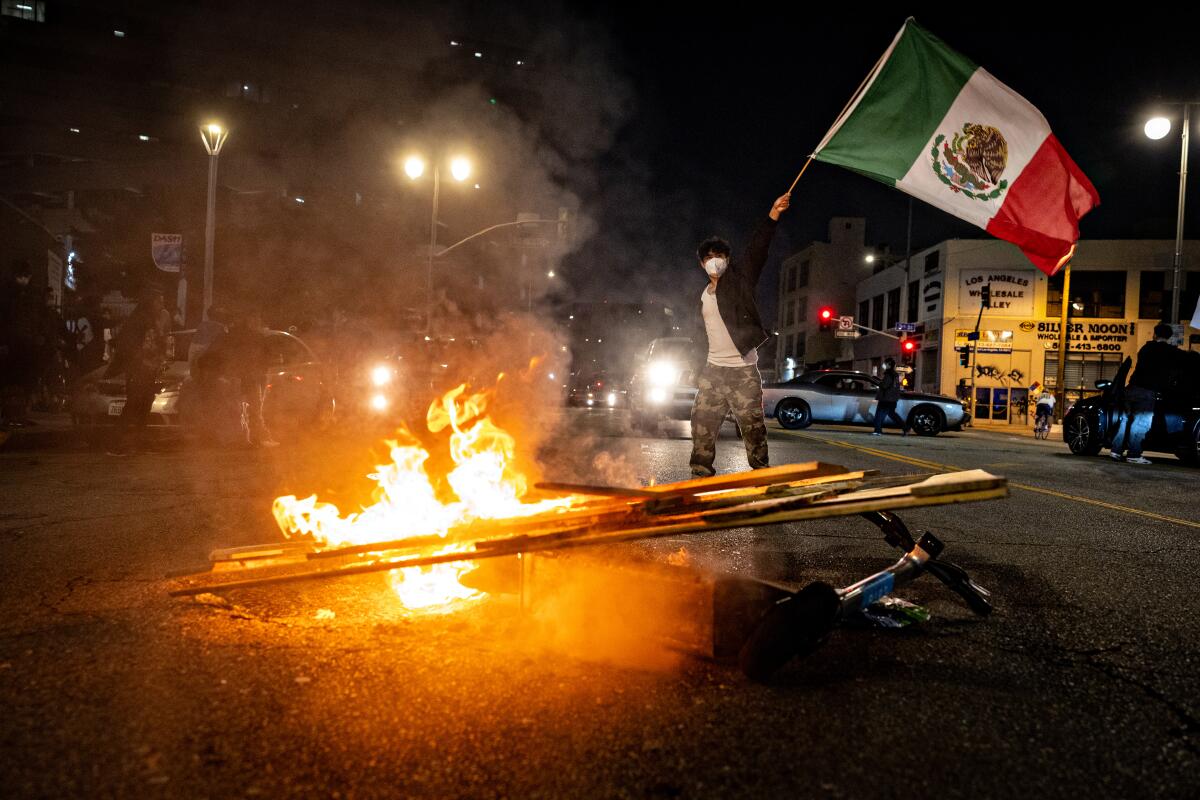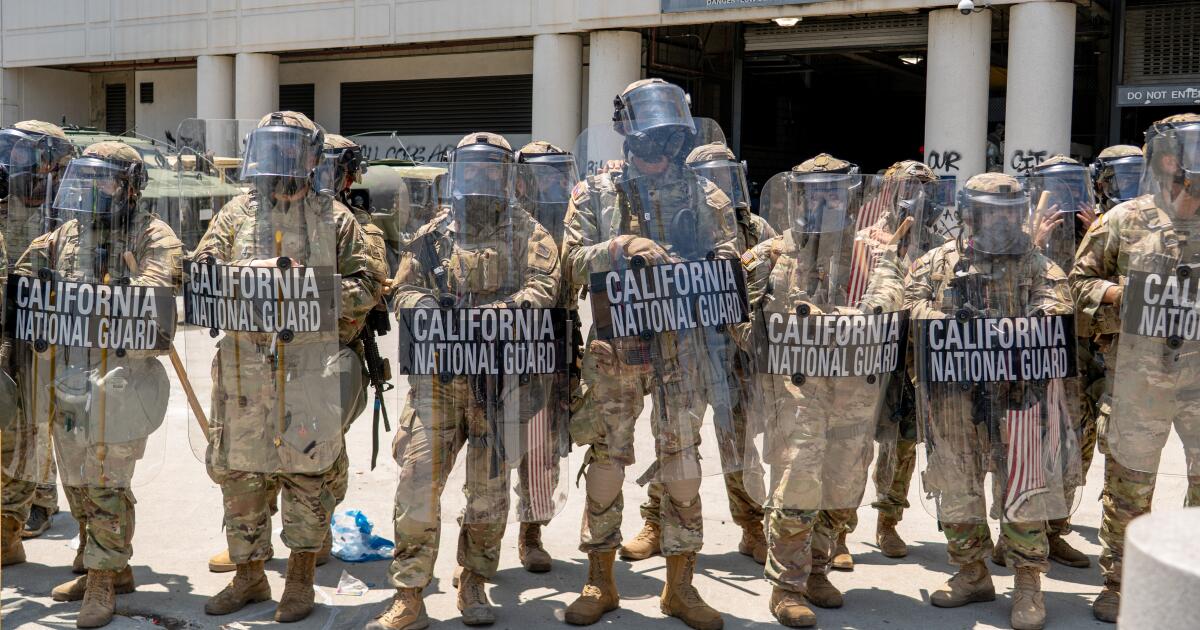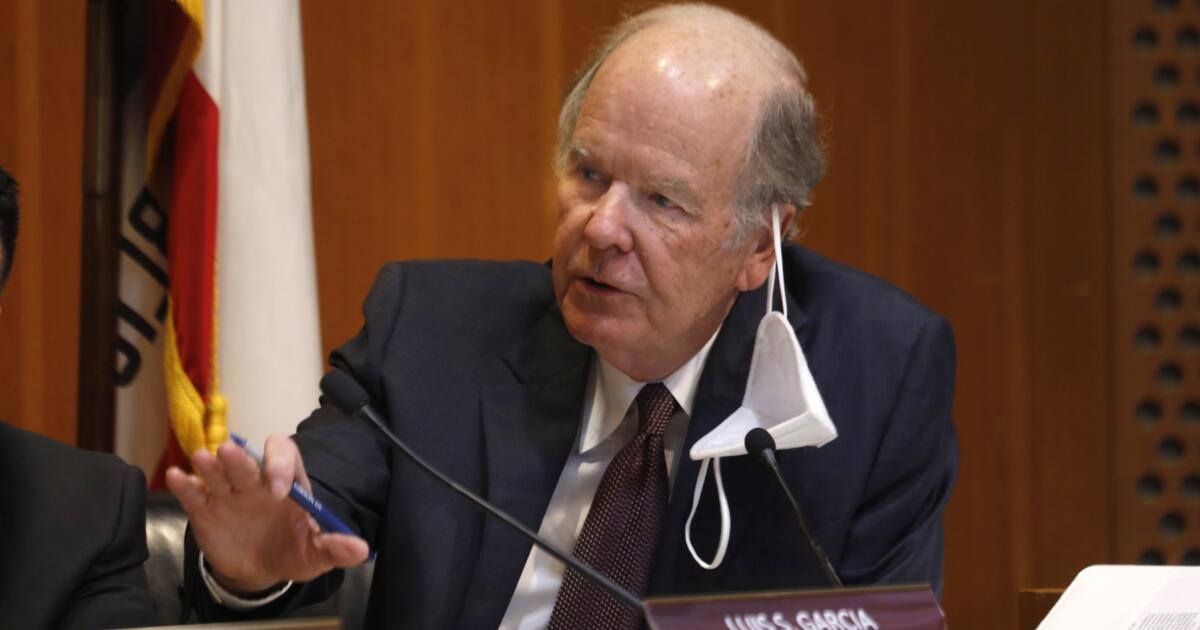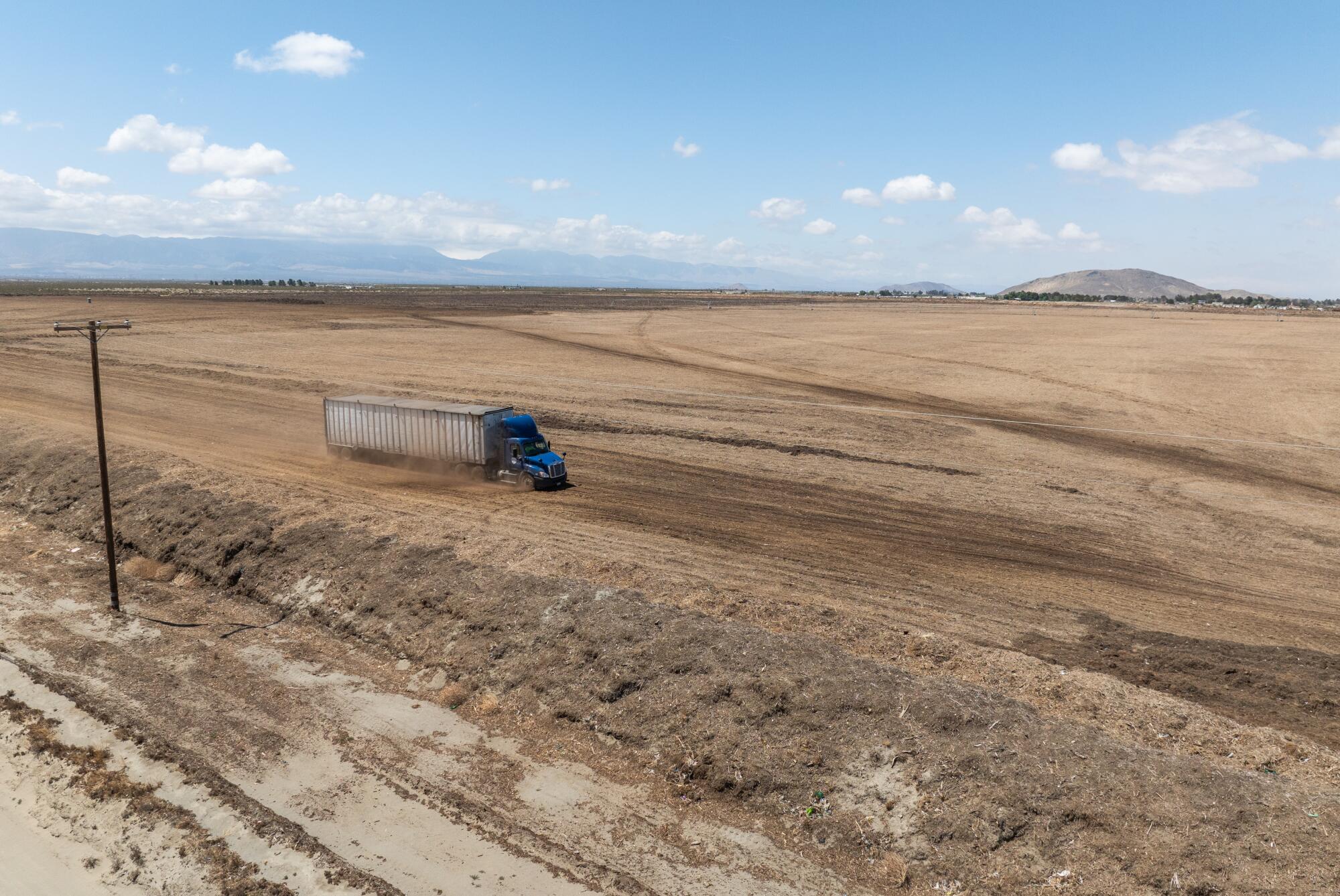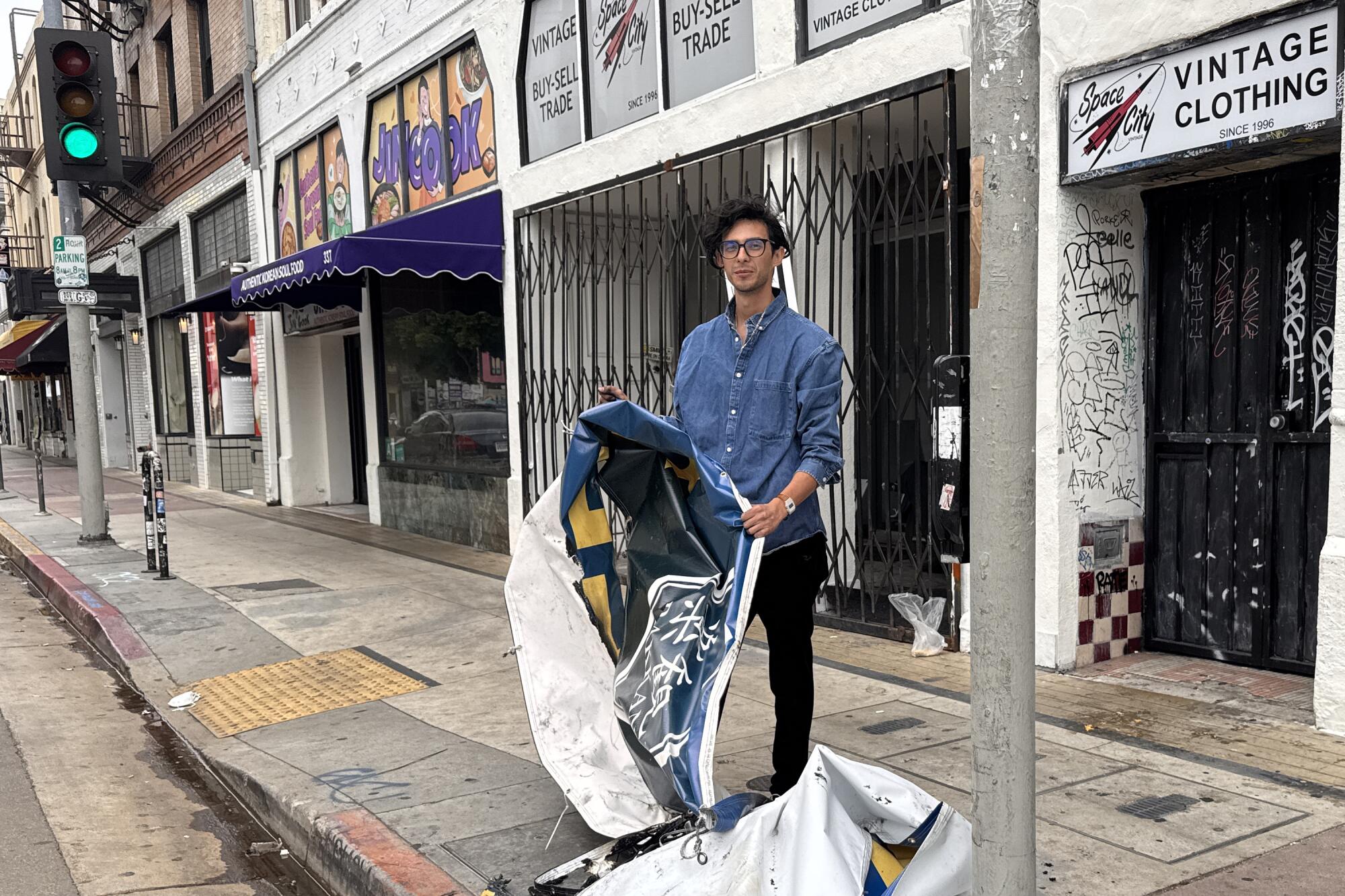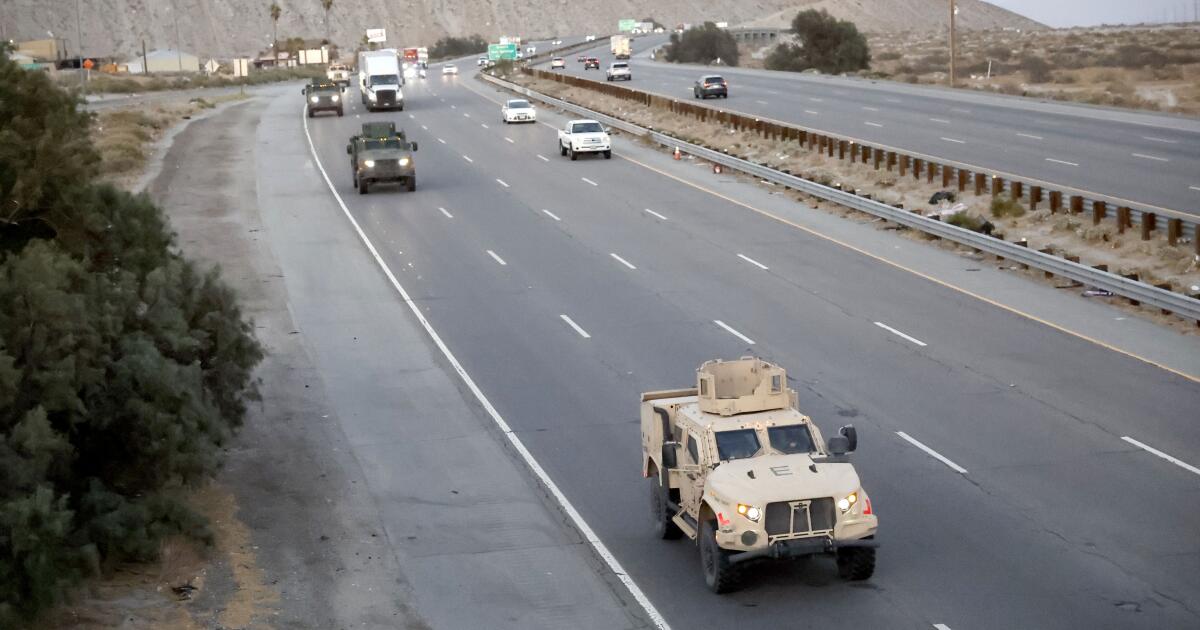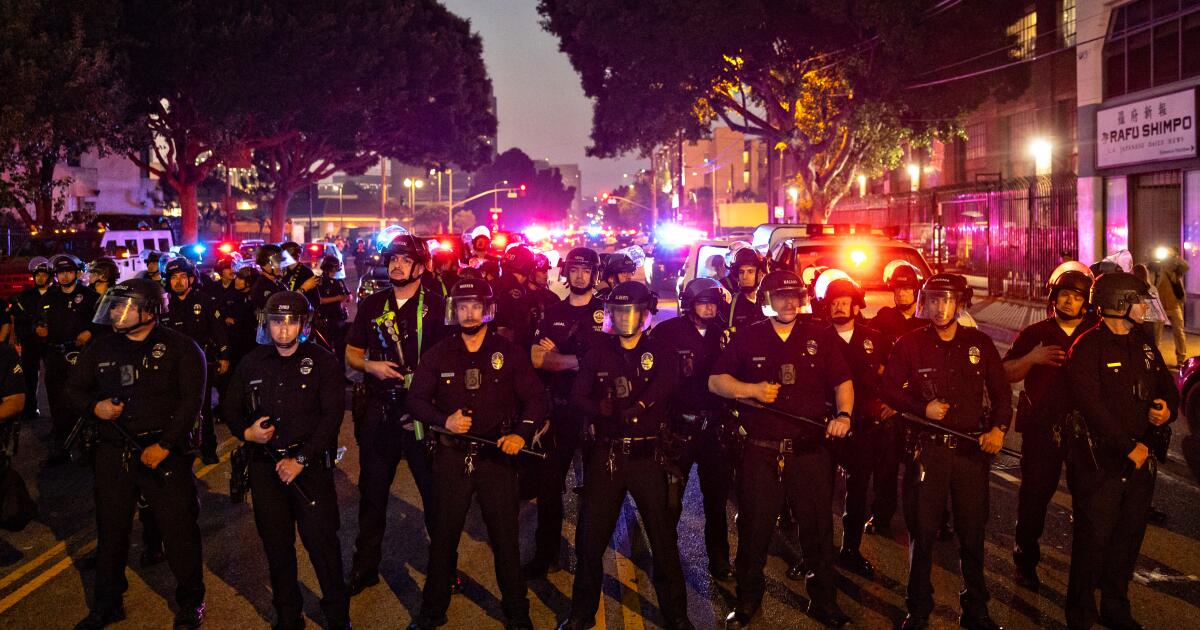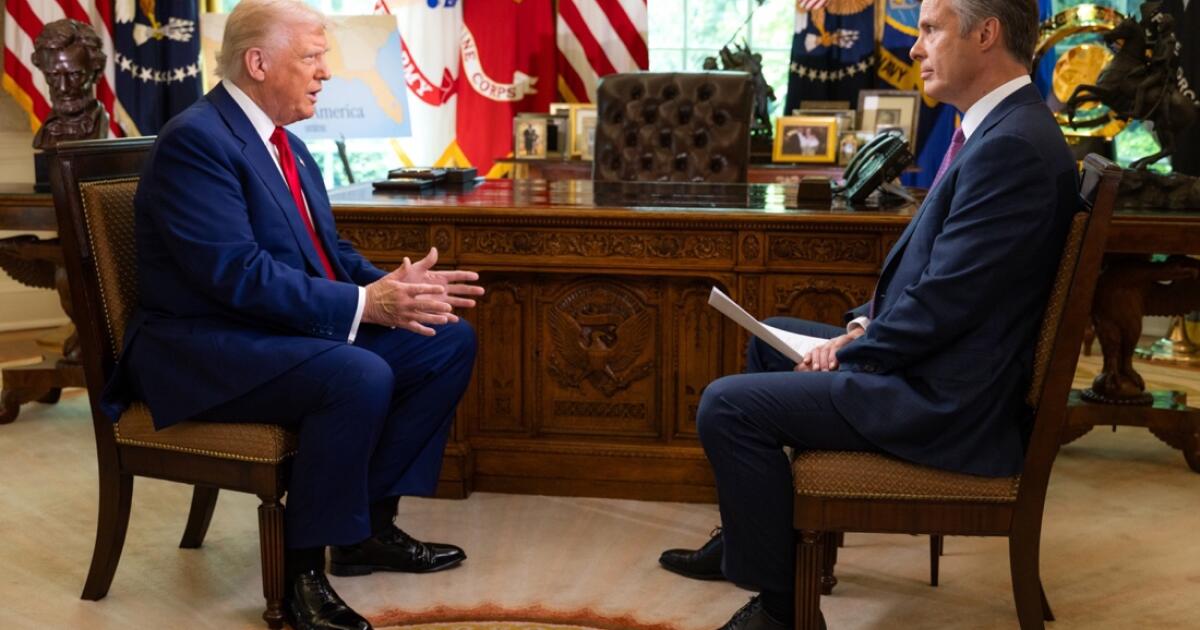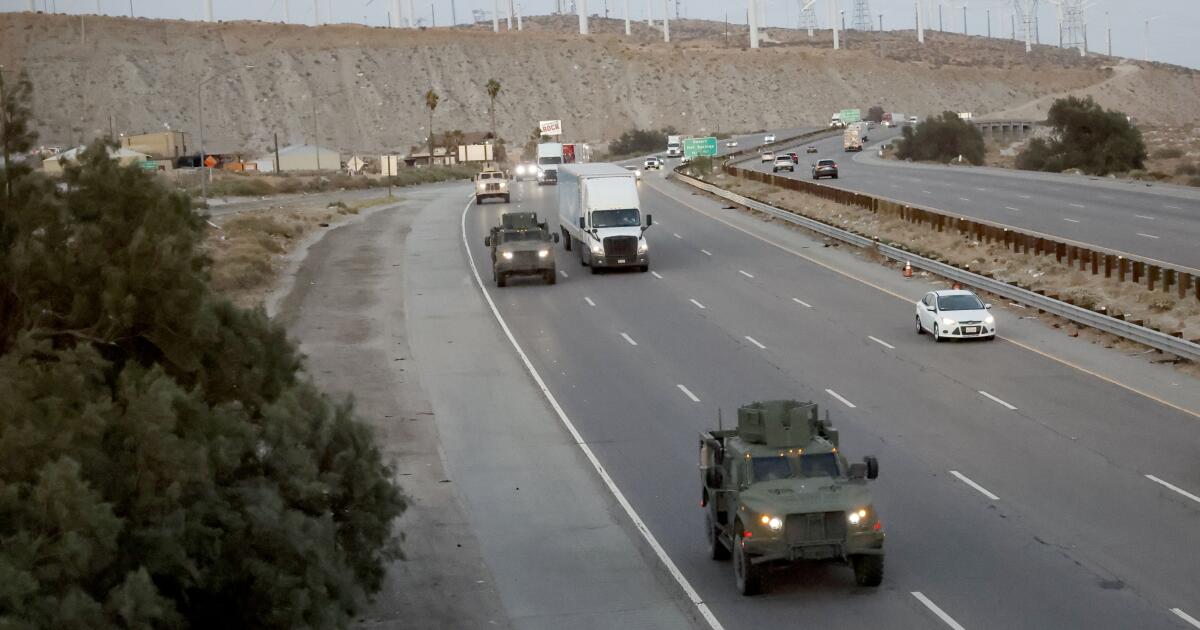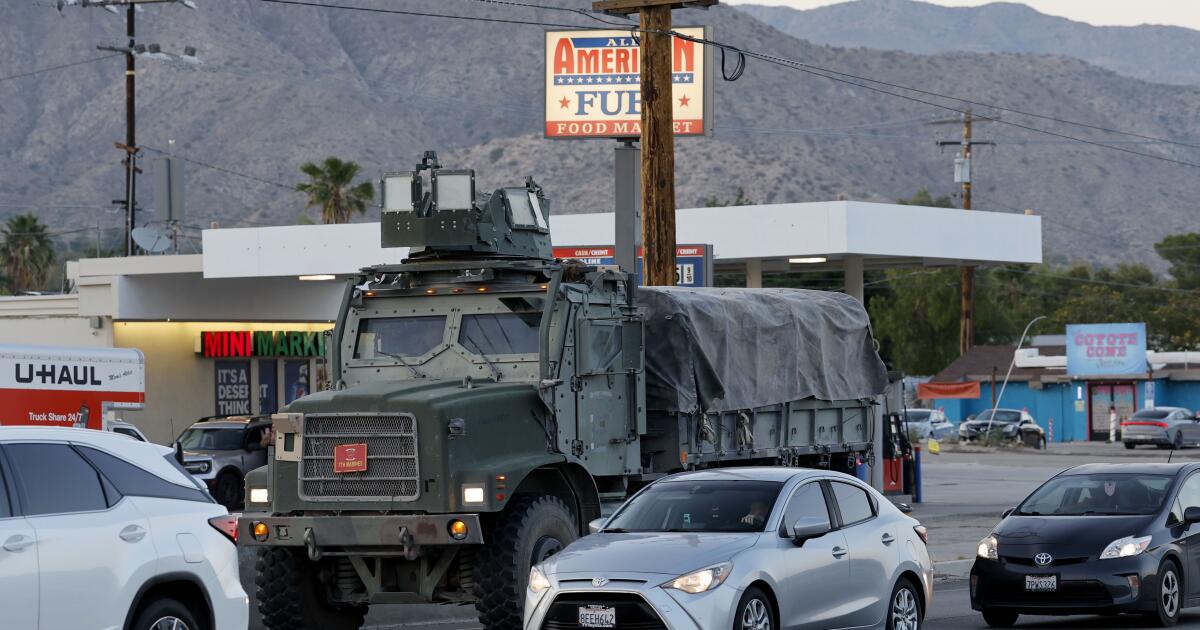California Congress members to question Hegseth about military in L.A.
California Democrats plan to question Defense Secretary Pete Hegseth on Thursday about the immigration raids that have roiled Los Angeles, the federal commandeering of the state’s National Guard and the deployment of Marines in the region when he testifies before the House Armed Services Committee.
Several committee members said they received no advance notice about the federal immigration sweeps at workplaces and other locations that started Friday and that prompted large and at times fiery protests in downtown Los Angeles.
“That’s going to change,” said Rep. Derek Tran (D-Orange), when the committee questions Hegseth on Thursday morning.
“We need to de-escalate the situation,” Tran said in an interview. President Trump and his administration’s moves, most recently deploying hundreds of Marines in Southern California, “escalates the situation, sending in troops that shouldn’t be there, that are trained to shoot and kill.”
Though largely peaceful, protests about U.S. Immigration and Customs Enforcement’s actions have been punctuated by incidents of violence and lawlessness. As of Tuesday evening, several hundred people had been detained on suspicion of crimes or because of their immigration status.
After dissenters blocked the 101 Freeway, vandalized buildings in downtown Los Angeles and stole from businesses, Los Angeles Mayor Karen Bass on Tuesday imposed a curfew in the city’s civic core from 8 p.m. to 6 a.m.
Thursday’s testimony before the House Armed Services Committee will be Hegseth’s third appearance on Capitol Hill this week. He was questioned Tuesday by the House Appropriations subcommittee on defense and the Senate Appropriations Committee on Wednesday.
Both appearances were testy. On Wednesday, Hegseth insisted the deployment of Marines in Los Angeles was lawful but couldn’t name the law under which it is allowed. On Tuesday, he was buffeted with questions about the “chaos” in his tenure, his discussion of national secrets on a Signal group chat and the lack of information provided to elected leaders about Defense Department operations and budgets, including the cost of the federal deployment in Los Angeles.
“I want your plan!” Rep. Rosa DeLauro (D-Conn.) demanded. “What is your plan for the future? Can we get that in writing and on paper so that we know where you’re going? Because we don’t have anything today. We have zip! Nada!”
Hegseth responded that the agency has the details and would provide them to members of Congress. The Pentagon posted a video clip of the back-and-forth on X that tagged the congresswoman and was titled “WHY ARE YOU SCREAMING!”
Thursday’s hearing is especially notable because the committee oversees the Pentagon budget. None of the Republican members of the committee are from California. More than a dozen who were asked to weigh in on the hearing didn’t respond.
Republicans are expected to reflect the sentiments expressed by Trump, most recently on Wednesday when he took questions from reporters on the red carpet at the Kennedy Center shortly before attending a performance of “Les Miserables” with First Lady Melania Trump.
“We are going to have law and order in our country,” he said. “If I didn’t act quickly on that, Los Angeles would be burning to the ground right now.”
“These are radical left lunatics that you’re dealing with, and they’re tough, they’re smart, they’re probably paid, many of them, as you know, they’re professionals,” he added. “When you see them chopping up concrete because the bricks got captured, they’re chopping up concrete and they’re using that as a weapon. That’s pretty bad.”
Seven of the committee’s members are Democrats from California, and they are expected to press Hegseth on the legal underpinnings of the deployment of federal forces in the state, the lack of notification or coordination with state and local officials and the conditions and future of residents swept up in the raids.
“The president’s decision to deploy the National Guard and the U.S. Marines over the objections of California officials has escalated the situation, creating unnecessary chaos and putting public safety at risk,” said Rep. George Whitesides (D-Agua Dulce). “As a member of the House Armed Services Committee, I’m deeply concerned with the precedent this sets, and the apparent lack of protocol followed, and I will be seeking answers.”
Rep. Salud Carbajal (D-Santa Barbara), a Mexican immigrant who served in the Marine Corps Reserve and is also a member of the committee, said Trump is doing what he does best.
“He likes to play arsonist and firefighter,” Carbajal said in an interview.
He argued Trump is using the raids to deflect attention from legislation that will harm the most vulnerable Americans while enriching the wealthy.
“There’s a question of whether what he’s doing is legal, regarding him and Hegseth sending in Marines. The governor and the mayor did not request the National Guard, let alone the Marines,” Carbajal said. “This is likely a violation of the Posse Comitatus Act, which prohibits the use of U.S. forces in the U.S.”
Carbajal also said he expects what has unfolded in Los Angeles in recent days to be replicated in communities nationwide, a concern raised by Bass and other Democrats on Wednesday.
As a former Marine, Carbajal added that he and his fellow veterans had no role to play domestically, barring crisis.
“We’re not trained for this. There is no role for Marines on American soil unless rebellion is happening,” he said. “This is so ridiculous. It says a lot about the administration and what it’s willing to do to distract and create a more stressful, volatile environment.”
“Let’s make it clear,” he added. “We Democrats don’t support any violent protests. But as a Marine, there is no place for the U.S. military on domestic soil under the guise and reasoning he’s provided.”
